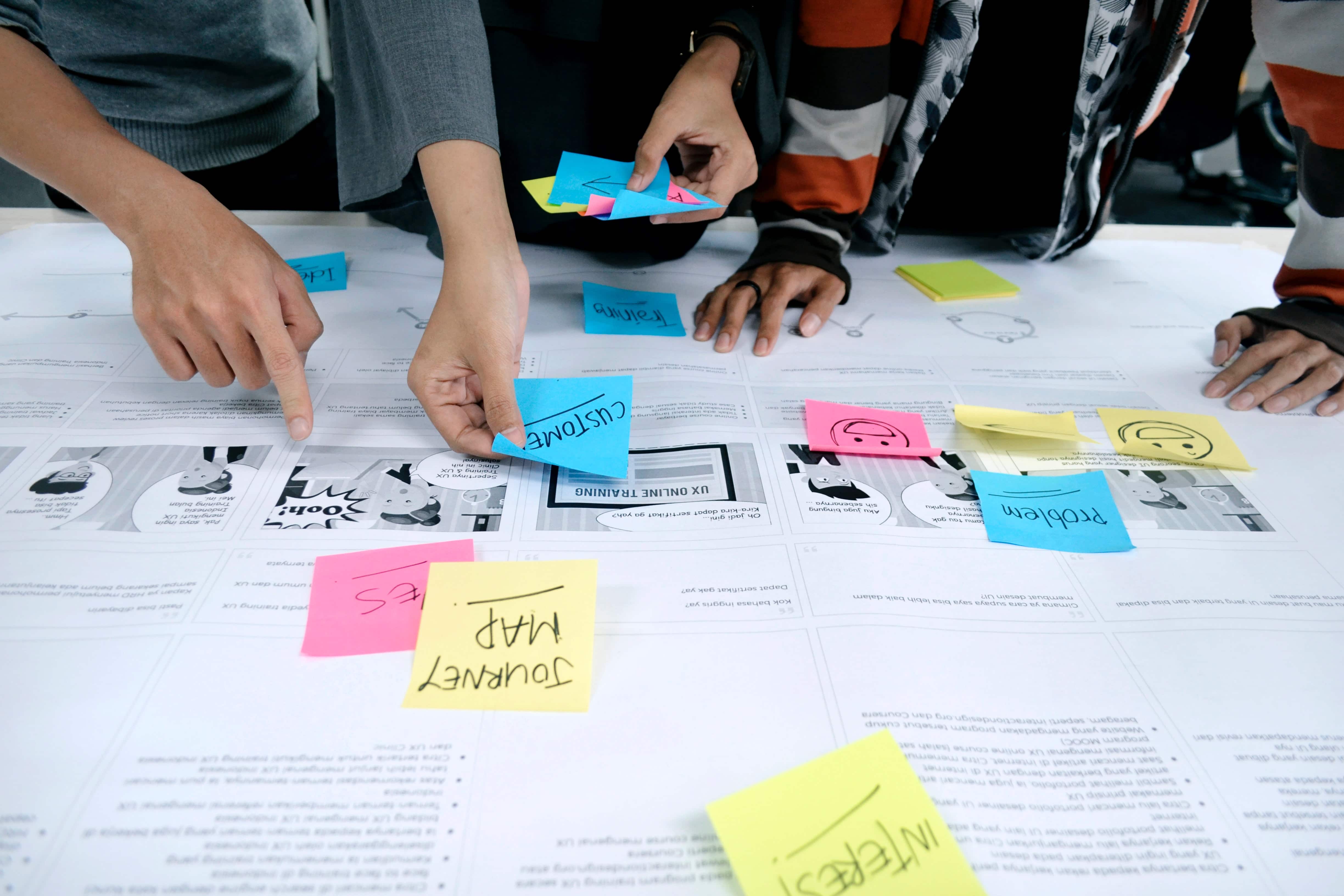These days, it’s getting a lot harder to live without technology—and why would we want to? Whether you have a go-to website, a frequently-used app or piece of software, or a favored social media platform, there’s a good chance UI/UX designers had something to do with why you love it so much.
In this post, we’ll focus on one particular area of digital design with two parts: User Interface (UI) and User Experience (UX). Then, we’ll see how they work together to improve digital technology.
User Interface (UI): Making Technology Functional
To begin our discussion about UI, let’s think about cars. An early Ford Model T fulfills the basic purpose of a car, getting you from point A to point B in a crude prototype of what we now think of as an automobile. A new BMW, on the other hand, is a more practical and user-friendly choice than its predecessor. The functionality of cars has vastly improved over the years with advancements in engineering and design.
Like a contemporary BMW, UI is concerned with design functionality: UI designers might be responsible for choosing the best button size on an interface, or they may make decisions that impact the navigation, look, and feel of a site or program. UI designers are interested in foreseeing what users might want in terms of function and then deciding what makes the most sense. UI designers consider organization, needs, simplicity and clarity when thinking about the functions of items on a webpage, for example.
Just as users have had different requirements in cars over time (simpler designs like the Model T were followed up by muscle cars, hatchbacks, trucks, and sedans, each of which met the specific needs of market consumers), they’ve also had different needs when it comes to technology. UI designers are responsible for meeting the needs of users when it comes to the functionality of technological design.
User Experience (UX): Making Technology Enjoyable
To return to our example about cars, which car would you rather travel in on a freeway—a Model T or a BMW? While driving a Model T along an interstate might feel novel at first, it would quickly annoy you to have no seatbelts, outdated transmission, and a max speed of 40 MPH. Compared to a Model T, a BMW has a much more sleek appearance, a better feel, and an all-around improved experience for the modern automobile user. Using an outdated or vintage car for modern purposes just doesn’t make sense.
User Experience designers are in the business of just that – improving the experience of users. UX designers exist to improve the usability and enjoyment of digital design. They work by examining technology from the perspective of the user themselves: How intuitive is the technology? How does it look? How does it make a user feel? UX designers are responsible for the emotions attached to a technology.
To sum up: When it comes to tech design, UI is responsible for organization and function while UX is responsible for feel and experience.
How Does UI/UX Work Together?
To show how UI/UX work together, let’s consider music streaming services. These are a fantastic illustration of how UI/UX work together—or fail to do so. Compare services like iTunes and Spotify: if you want to add a playlist to iTunes, all you have to do is make a new playlist and easily drag and drop anything you’d like to include in it. This is an example of when UI/UX work together to make a technology both useful and enjoyable. Spotify isn’t so easy: after making a new playlist, you must individually search out each song and click another button to add it to the list. It’s “functional,” but much more time consuming, and an altogether less pleasant user experience—this is an instance when UI/UX have failed to work together.
Both UI and UX are critical components for the best possible design outcome. Without UX, UI might be reduced to something that is functional but not pleasing; without UI, UX might be reduced to something visually pleasing but not functional. Imagine it this way: Without UX, you’d have a car with all the necessary parts (brakes, steering wheel, gas pedal) but none of the comforts (leather seats, air conditioning, radio, power steering). Without UI, you might have a tin box that is very nice to sit in, but can’t move at all. Both aspects are vital to creating an enjoyable, useful experience for users that will keep them brand loyal and have them coming back to use technology again and again.
As always, I love a good UI/UX discussion so feel free to connect with me, Mark Dingman, on Twitter or email me at mdingman@mill-im.com to learn more about how UI/UX can work for your business.
























